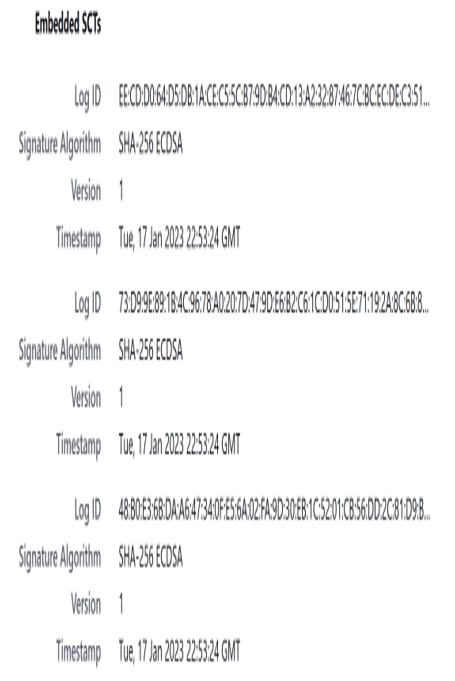10.3 Main components of a public-key infrastructure
A Public-Key Infrastructure (PKI) is a system that is able to issue, distribute, and validate certificates. While a CA is an important part of a PKI, the two terms are not the same. In order to limit the potential damage in case of a compromise, it is customary that the various operational tasks of a PKI are taken over by logically separate functional entities within the PKI, which have their own private keys. One of these is the CA. We will now take a closer look at all these entities:
- Certification Authority (CA): Within a PKI, the CA is responsible for creating, signing, and issuing the certificates. Moreover, all certificates issued by the CA should be archived in a secure manner.
When looking at Figure 10.4, it quickly becomes clear that a CA is a single point of failure within a PKI. It is therefore mandatory to run the CA within a specially secured environment with strictly enforced access control rules. Nevertheless, there have been incidents in the past where CAs have been compromised by an attacker, and we will discuss one such incident in the next section.
- Registration Authority (RA): The RA is the instance Alice sends her certificate signing request in the course of the enrollment. The RA checks the data provided by Alice in the CSR. Depending on the security level of the requested certificate, this check can happen online or offline (for example, by Alice having to appear in person at the RA and present her passport). If the check is successful, the data is forwarded to the CA, which generates a corresponding certificate.
- Directory Server (DIR): The directory server stores the certificates issued by the CA and makes them publicly available over a searchable directory.
- Validation Authority (VA): The VA is responsible for issuing CRLs and/or running the OCSP server. As such, they form another critical component of the PKI and should be secured accordingly.
- Time Stamping Server (TSS): A TSS signs documents along with the current time and date. Therefore, it can be used to prove that a document existed at a certain time. If Alice, for example, loses her private key and revokes her certificate, it is important to know which of the documents Alice has signed previously already existed before she revoked her certificate. Otherwise, Alice could claim that basically all documents she has ever signed were actually not signed by herself but by an attacker who stole her private key.
Another application is the so-called Signed Certificate Timestamps (SCTs). By way of an SCT, the CA records the exact time a certificate was issued. SCTs can be delivered to a relying party either by directly embedding them into the certificate’s extension (see Figure 10.5), by sending them in a TLS extension during the TLS handshake or as part of a response to an OCSP stapling request [51].

Leave a Reply